- PreloadJS
- ImageLoader
- PxLoader
- UXResponsiveWebAppLoader
- 1. jQuery Image Loader Plugin
- 2. QueryLoader2
- 3. Smart Preloader
- 4. Preload Images with jQuery Preload Plugin
- 5. jQuery Cycle Plugin
- 6. Lazy Load Images jQuery Plugin
- 7. jPreLoader
- 8. Caching Images With JavaScript and HTML5 progress Bars
- 9. jQuery Image Cache Plugin
- Frequently Asked Questions about Preloading Images with Plugins
If you want your images loaded gracefully on your website, then you will have to check out these great jQuery Preload Image Plugins that we have collected for today’s post. Enjoy!
Related Posts:
- jQuery Preloading External Images
- jQuery Preload CSS Images
- 10 jQuery Image Cache Plugins and Scripts
PreloadJS
A Javascript library that lets you manage and co-ordinate the loading of assets.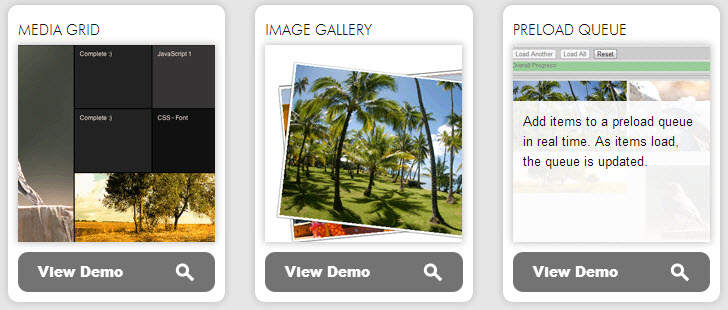 Source + Demo Tutorial
Source + Demo Tutorial
ImageLoader
A JQUERY PLUGIN FOR PRELOADING IMAGES. Source + Demo
Source + Demo
PxLoader
A JavaScript Preloader for HTML5 Apps. Source + Demo
Source + Demo
UXResponsiveWebAppLoader
Responsive Webapp-like Preloader using jQuery and CSS3.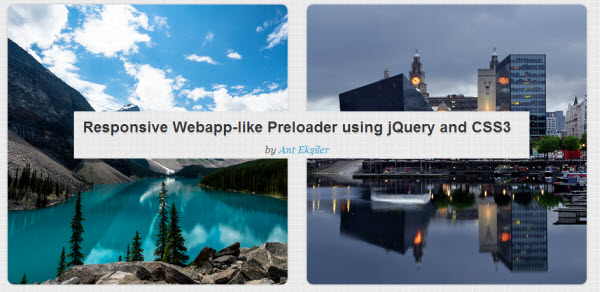 Source + Demo
Source + Demo
The original 10!
1. jQuery Image Loader Plugin
This plugin simplifies the process of loading images. It is easily applied to wrappers so that it will load all of the images within it. Its main purpose is to assist web developers and designers in improving their user interfaces. SourceDemo
SourceDemo
2. QueryLoader2
Preload your image with ease. SourceDemo
SourceDemo
3. Smart Preloader
A small jQuery image preloading plugin that helps you preload all the required images.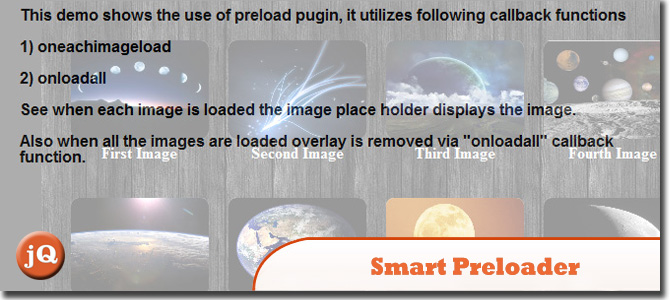 SourceDemo
SourceDemo
4. Preload Images with jQuery Preload Plugin
This plugin can also be useful when you want to add more images on the page through a ajax call. Source + Demo
Source + Demo
5. jQuery Cycle Plugin
A slideshow plugin that supports many different types of transition effects. It supports pause-on-hover, auto-stop, auto-fit, before/after callbacks, click triggers and much more.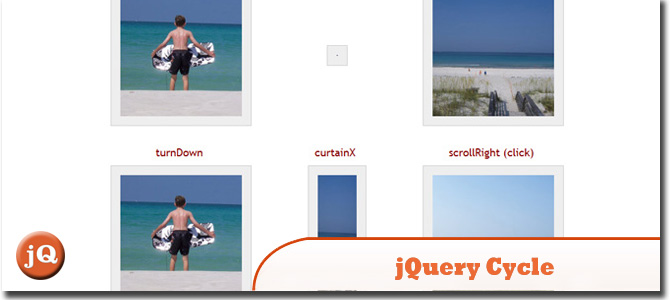 Source + Demo
Source + Demo
6. Lazy Load Images jQuery Plugin
It delays loading of images in (long) pages. Images below the fold (far down in the page) wont be loaded before user scrolls down. This is exact opposite of image preloading. With long pages containing heavy image content end user result is the same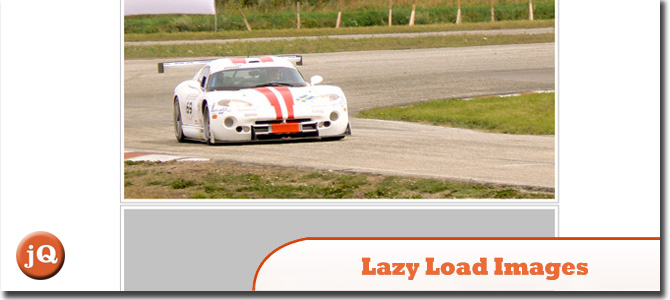 SourceDemo
SourceDemo
7. jPreLoader
Is a jQuery plugin to create preloading screen to preload all the images in website and attached with customizable splash screen.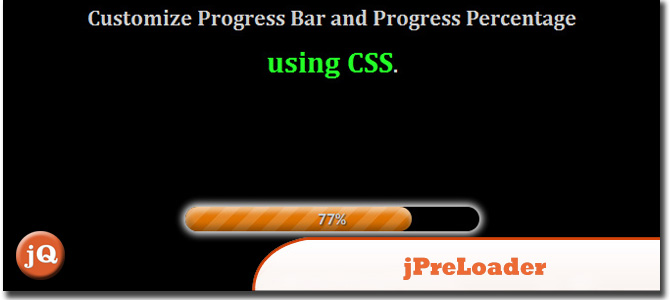 SourceDemo
SourceDemo
8. Caching Images With JavaScript and HTML5 progress Bars
This loader tells the user how long it will take for the page to load and display. If this page takes a long time to load, a loader will prevent users from thinking the page is not loading properly and go someplace else.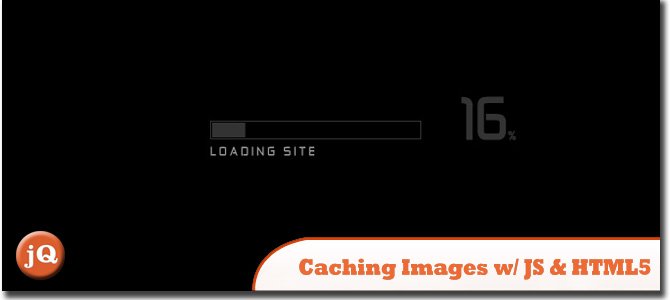 SourceDemo
SourceDemo
9. jQuery Image Cache Plugin
Cache Images In Browser’s Local Storage.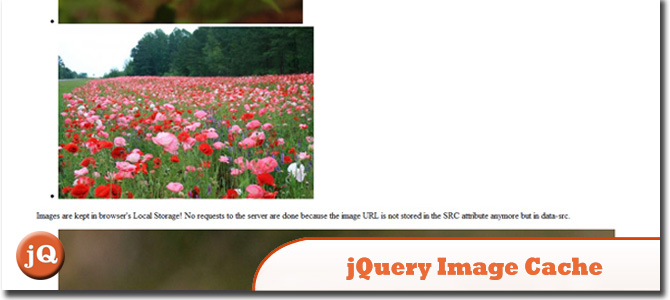 SourceDemo
SourceDemo
Frequently Asked Questions about Preloading Images with Plugins
What is the purpose of preloading images with plugins?
Preloading images with plugins is a technique used to improve the user experience on a website. By preloading images, you ensure that they are loaded and ready to be displayed before the user navigates to them. This can significantly reduce the loading time of your web pages, providing a smoother and more enjoyable browsing experience for your users. It’s particularly useful for websites that are heavy on images, such as photography portfolios or online stores.
How does image preloading work?
Image preloading works by loading the images into the browser’s cache before they are needed. This is done using JavaScript or jQuery plugins. When the user navigates to a page that contains these images, the browser can quickly retrieve them from the cache instead of having to download them from the server. This can significantly speed up the loading time of the page.
What are the benefits of using jQuery for image preloading?
jQuery is a popular JavaScript library that simplifies many common web development tasks, including image preloading. Using jQuery for image preloading can make your code more concise and easier to read. It also provides a number of useful features, such as the ability to specify a callback function that is executed when the images have finished loading.
How can I preload images with pure JavaScript?
Preloading images with pure JavaScript involves creating a new Image object for each image you want to preload, and then setting the src attribute of these objects to the URLs of the images. This causes the browser to download the images and store them in its cache. Here’s a simple example:var img1 = new Image();img1.src = "image1.jpg";var img2 = new Image();img2.src = "image2.jpg";
Can I use CSS to preload images?
Yes, it’s possible to preload images using CSS. This can be done by using the background-image property to specify the images you want to preload. However, this method has some limitations compared to JavaScript or jQuery, such as the lack of a callback function.
Are there any downsides to preloading images?
While preloading images can improve the user experience by reducing loading times, it does have some potential downsides. For one, it can increase the initial loading time of your website, as the browser has to download all the preloaded images upfront. It can also consume more bandwidth, which might be a concern for users with limited data plans.
How can I ensure that my preloaded images are displayed correctly?
To ensure that your preloaded images are displayed correctly, you should always specify the correct dimensions for your images in your CSS or HTML. This prevents the browser from having to reflow the page when the images are loaded, which can cause a noticeable flicker.
Can I preload images for a slideshow or gallery?
Yes, preloading images is particularly useful for slideshows or galleries, where you want the next image to be ready to display as soon as the user navigates to it. You can use JavaScript or jQuery to preload all the images in the slideshow or gallery when the page loads.
What is the difference between preloading and lazy loading images?
Preloading and lazy loading are two different techniques for managing images on a website. Preloading involves loading images upfront, before they are needed, to reduce loading times. Lazy loading, on the other hand, involves loading images only when they are about to come into view. This can reduce the initial loading time of the page, but might result in a delay when the images are actually needed.
Can I use image preloading for responsive web design?
Yes, image preloading can be used in conjunction with responsive web design. However, you should be careful to only preload the images that are actually needed for the current screen size, to avoid wasting bandwidth. You can use JavaScript or jQuery to determine the current screen size and preload the appropriate images.
 Sam Deering
Sam DeeringSam Deering has 15+ years of programming and website development experience. He was a website consultant at Console, ABC News, Flight Centre, Sapient Nitro, and the QLD Government and runs a tech blog with over 1 million views per month. Currently, Sam is the Founder of Crypto News, Australia.
